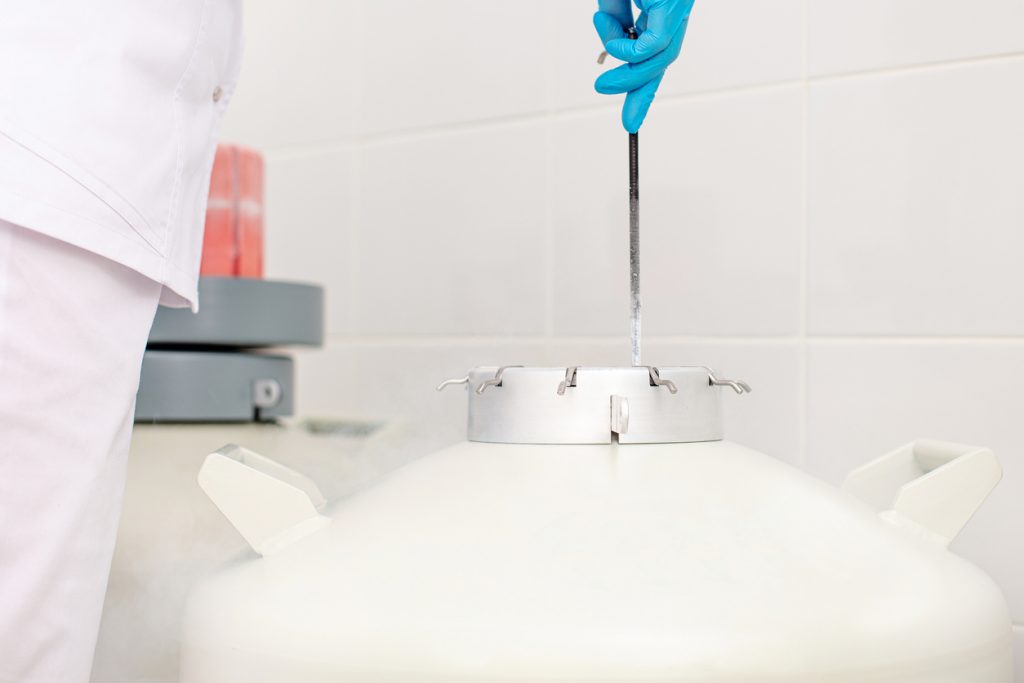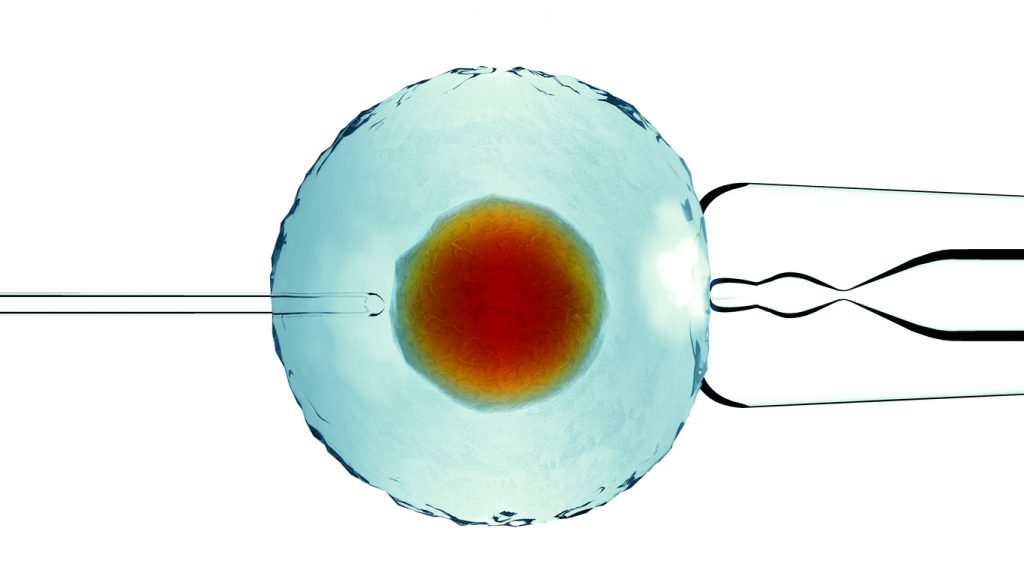On Becoming a Parent
A Starter Kit

One of the best things that has happened since the Supreme Court made same-sex marriage a right in 2015 is what it has done to enhance LGBTQ+ families. There are now more options for us LGBTQ folks to have a child and create our own families. But this has not come without strong right-wing opposition that still puts up hurdles on a state-by-state basis. Yet, the numbers are encouraging.
The most recent Gallup poll estimates that there are some 1.1 million people in the U.S. in same sex-marriages or over 547,000 couples, representing about 10% of the LGBTQ+ population. Since the U.S. Census doesn’t yet acknowledge gender identity or sexual orientation beyond homosexuality, bisexuality and heterosexuality among its survey questions, there’s not much insight for those who self-identify differently. Some 2 – 3.7 million children under the age of 18 have an LGBTQ+ parent with about 200,000 in a same-sex-couple household. The remainder of the children live in households of different-sex couples or where one partner is bisexual. Family Equality, an LGBTQ advocacy group, estimates that some 45-53% of LGBTQ+ millennials plan to become parents.
Below, we’ve outlined the available options to become a parent through genetic and non-genetic means. Where appropriate, we caveat things to look out for that are particular to our community and mention where further professional inquiry might be necessary. For example, not all mentioned procedures are covered by insurance, like fertility treatments, so you will need to check with your insurer. We also provide a general estimate of the associated costs for each parenting method. Figures referenced are sourced from familyequality.org and only reflect the expense to bring a child into the family. Costs and restrictions may differ state to state, as legislation is always changing. The below doesn’t make assumptions about you or your partner’s fertility or the gender identities of the couple.
I. ADOPTION

There are some 111,000 children in the U.S. up for adoption every year. Other options include international adoption and foster-to-adopt. While there is no specific law prohibiting LGBTQ+ adoption, at least 10 states, have enacted religious exemption laws that allow adoption and foster care agencies to discriminate against LGBTQ+ children or prospective parents on the basis of religious freedom. So, if you are looking to adopt, you should consult an LGBTQ-friendly agency in your state to discuss your options.
International adoptions also have their unique set of challenges. Beside language and cultural barriers, depending on the country, some international adoption agencies also do not cater to LGBTQ+ families, so try to find LGBTQ-affirming international agencies to work with. In order to adopt internationally, parents need to meet both federal and state requirements. In either domestic or international adoptions, there’s a governmental vetting process that may involve providing paperwork and submitting to an interview (known as a home study) along with background checks. However, some singles and couples for both domestic and international adoptions prefer a less bureaucratic option called self-matching also known as independent adoptions. In this scenario, along with an attorney and a private agency, you can conduct your own home study, and use social media or other means to broadcast that you are seeking to adopt all on your own. This option, of course, comes with some risk of fraud or violating statutes. Ellen Kaplan Adoptions has a good guide on using this option. Cost: domestic: $20k – $45k; foster-to-adopt: $0–$2,600; international: $25k – $70k; self-matching/independent adoptions: $34k.
II. CO-PARENTING

Some couples choose to co-parent with other individuals or couples where all parties assume legal and financial responsibility for the child. Those choosing this option do so outside of clinical supervision and may allow one partner to have sex outside of the relationship for the sake of pregnancy or use insemination. It’s typical that the non-biological parent(s) will have to adopt the child to become a legal custodian. Because this option involves a life-long relationship with the other parent(s), experts recommend drawing up paperwork with an attorney and seeking counsel with an LGBTQ-friendly therapist. Cost: $0-$350, may include STD testing and fees to seek legal parentage but not professional services fees.
III. DONATION

If donation is the best option for you and your partner, you can visit your local fertility clinic, or ask someone you know. This method may include egg, embryo, or sperm donations. Another consideration is the use of a gestational carrier who may or may not also be the egg donor. Because there could be legal and psychological risks if the gestational carrier is also the egg donor, it’s advised to consult a therapist and an attorney. It may require multiple attempts to have a successful pregnancy, which can vary the cost. Of course, using a donor that you know can help lower your expenses. The frozen embryo transfers exclude in vitro fertilization-related expenses, which are referenced in the IVF section. Cost: $30k-$40k/cycle (egg donor), $70K-$150k (egg and gestational carrier), $3k-$5k/cycle (frozen embryo transfer); $300 – $1,500/vial (anonymous sperm donor), $25 – $300/vial (known sperm donor) not including professional services fees.
IV. FOSTER CARE

If you are looking to make a difference in the life of a child, but aren’t able to adopt, being a foster parent might be the best option. There are over 427,000 children in the foster care system in the U.S. looking for a temporary home until they can be reunited with their biological parents. One caveat here is you typically don’t have control over the selection process of the child outside of age and gender. Because of religious exemption laws, your state actually may not allow you and your partner to become fosters. You may need to move to an LGBTQ adoption-friendly state or consult with an LGBTQ+ agency or social worker about your options. If you are interested in fostering a child with the intention to adopt, you may be required to undergo criminal and Child Protective Services background checks, provide references, and do a home study. Cost:$0 (governmental per diem provided for each child); foster-to-adopt: $0–$2,600.
V. FREEZING

If you want to preserve your fertility or to delay becoming a parent, freezing your eggs, sperm or embryo is an optimal choice. Freezing is an especially good option if there is a transgendered parent or donor involved, since hormone therapy before or during transition can impact fertility. Like donation, freezing may require multiple attempts, so costs can vary, and most insurance companies may not cover this type of procedure. Cost: $250 – $1,500 (sperm); $7k – $12k/cycle (egg); $15k-$20k/cycle (embryo); + $175 – $750/year for storage (eggs and sperm), $350-$1000/year for storage (embryo).
VI. INSEMINATION

With insemination, donor sperm is inserted in the cervix (intracervical) or in the uterus (intrauterine). This procedure can be done at home or at a fertility clinic. At-home procedures have medical risks, especially if the donor is unknown, because these procedures bypass standard protocols to wash and analyze the sperm for disease and genetic abnormality. As well, there can be legal ramifications if insemination occurs outside the clinic, as certain states will award parenting rights to the sperm donor by default. While intracervical costs less, intrauterine has a higher success rate. Cost: $200-$350/cycle (intracervical); $250 – $4k/cycle (intrauterine).
VII. INTERCOURSE OUTSIDE OF A RELATIONSHIP

Consider this option like a donation that is not overseen by a clinic and where there may or may not be co-parenting. It could also come with some legal and psychological risk, if using a gestational carrier, as stated under the donation option. Cost: $0 – $350 (if acquiring sperm specimen).
VIII. IN VITRO FERTILIZATION (IVF)

In this procedure, eggs are harvested from the donor or the partner with eggs and may be paired with sperm in a lab setting to create an embryo. Like many of the prior parenting options, this can be done with a known or anonymous donor. IVF treatments involve medications to stimulate egg production and the process of egg retrieval and implantation. There are two types: a conventional IVF procedure, using one’s own eggs, and reciprocal IVF to remove eggs from one partner and implanting it in another, in order for both partners to play a biological role in the process. IVF can be very expensive, typically requiring multiple attempts to be successful. Reciprocal IVF is even more costly than conventional IVF, because reciprocal IVF requires the use of a sperm donor and for both partners to take hormones and fertility drugs. If already stored, frozen embryos can be used and are less costly than a full cycle IVF. There are certain legal hurdles to consider that may include the egg contributing partner adopting their own biological child in some states. Cost: conventional IVF: $13.5k – $21k+/cycle (own eggs), $30k-$40k/cycle (donor eggs); $3k-$5k/cycle: (frozen embryo transfer); reciprocal IVF: $15k-$23k/cycle not including legal fees.
IX. SURROGACY

For some singles and couples it may be necessary to have a third party carry the baby to term. This may involve a traditional surrogacy, where the third-party offers up their womb and eggs, or a gestational surrogacy, where the third party only carries the baby, but isn’t required to donate eggs. Surrogacy is different from co-parenting because the surrogate gives up their right to the child. From a cost perspective, traditional surrogacy is cheaper than gestational surrogacy, because the former doesn’t require IVF. But in either case, the cost is variable, depending on the method of insemination used and relevant legal fees. Of course, there can be unanticipated medical complications during or after pregnancy that can also drive up the cost. Some states do not recognize surrogacy compensation or contractual arrangements and not all states allow gestational surrogacy. Cost: $60k-$150k+ (gestational surrogacy); highly variable (traditional surrogacy).
X. ESTABLISHING LEGAL PARENTAGE

There can be a number of costs involved in securing legal parentage of your child, depending on state or international laws, the method used, and even if you are the biological parent. These may include attorney’s fees ($1,000), administrative costs ($100), and a home study ($1K-$2K). Cost: $100 – $3,000.
Whichever option you elect, it can become quite costly for you and your partner to have a child. The good news is that there are various agencies dedicated to helping reduce some of those costs by offering fertility grants to the LGBTQ+ community. To find out if you qualify, check this list prepared by familyequality.org. As already mentioned, the Human Rights Campaign has a list of 70 LGBTQ-friendly child welfare agencies in 23 states that have served over 350,000 clients for foster care and adoption services.


